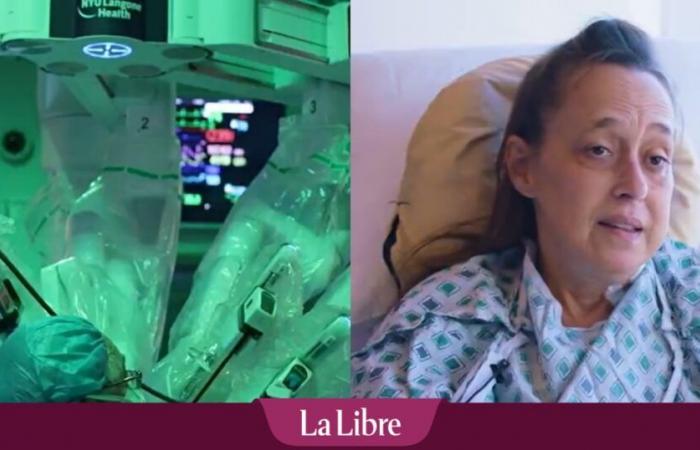If the intervention is called “entirely robotic”, it was carried out by a robot in collaboration with a team of doctors. It was in fact the machine that made the incision in Cheryl Mehrkar’s chest, removed her damaged lungs and implanted new ones, those of a young donor who had died a few days earlier.
“He had entered an infernal circle”: Mathieu commits suicide after a failed beard transplant by a fake doctor in Türkiye
Better, faster healing
A lung transplant is a very cumbersome operation, which the use of a robot makes it less invasive. Indeed, during a “classic” transplant, the patient’s body undergoes two large incisions on each side of the chest, or a large one in the middle which breaks the sternum. With the robotic operation, it’s much different, says Dr. Stephanie H. Chang, chair of surgery for the lung transplant program at NYU Langone Health Center: “Instead of an incision of about 8 inches , we go down to an incision of 5 cm”.
A less extensive operation means faster rehabilitation and easier healing, because there is “less postoperative pain,” says the doctor. Moreover, one month after her operation, Cheryl Mehrkar is walking properly and will soon be able to leave the hospital. “When I walk around, I don’t need oxygen and I can breathe. It’s incredible,” reacted the patient.
Should we consider routine lung cancer screening for people at high risk? “There are considerable disadvantages”






